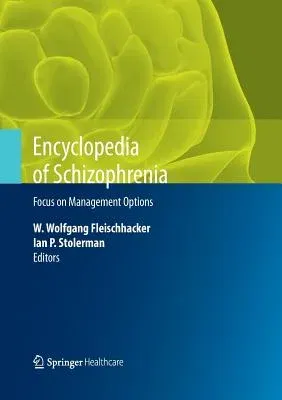This mini-encyclopedia aims to provide a survey of the wide range of
interventions available for treating schizophrenia at a level
appropriate for non-specialists who are beginning their engagement in
the area and for others as a source of reference for the specialist. The
pharmacological options are considered alongside psychosocial management
approaches and the advantages and disadvantages of each treatment
modality are outlined. The entries are written by leading experts,
including basic and clinical scientists in academia and industry, and
include descriptions of many relevant fundamental psychological and
biological processes of the disorder. The volume owes much to the
Encyclopedia of Psychopharmacology edited by Ian Stolerman IP (published
by Springer-Verlag in 2010), from which some entries are reproduced.
Where entries deal with pharmacological interventions, the aim is to
provide detailed information on the neuropsychopharmacology of the
substances from domains such as clinical, experimental, and molecular
pharmacology, insofar as they impact upon understanding of
schizophrenia. Articles on non-drug interventions review the most recent
evidence base related to commonly applied psychotherapeutic and
rehabilitative measures. Other essays focus upon the key concepts and
research methods used in the field, describing the main features of
investigative techniques and outlining their roles, the types of
information obtained and why they are needed; the advantages and
limitations of a technique may also be summarized. The essays are
complemented by many short definitions of important terms; in the
interest of ease of reading, these definitions are not assigned to named
authors; they are typically related to specific essays that they
cross-reference and relevant authorship details can be found in the
latter.

